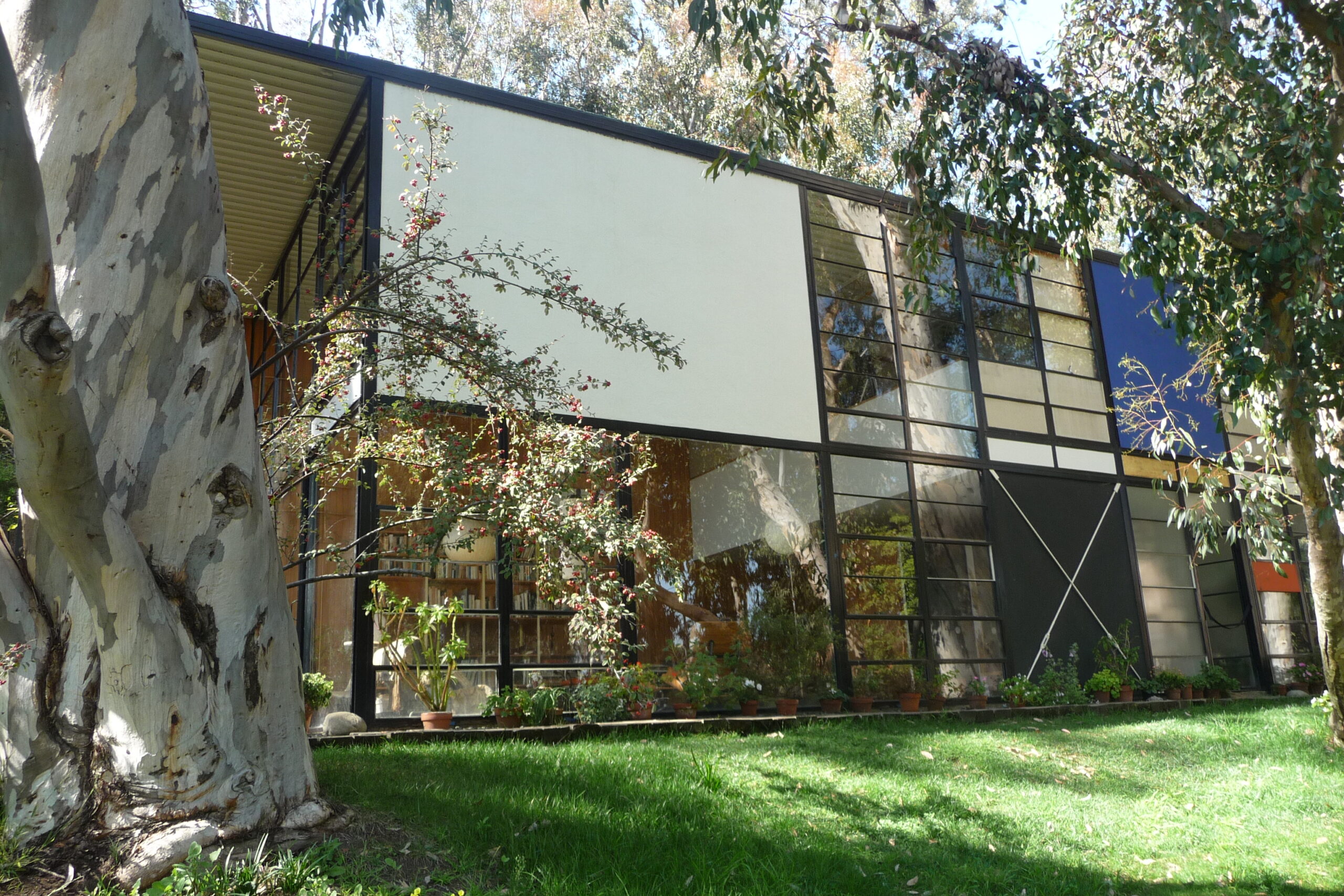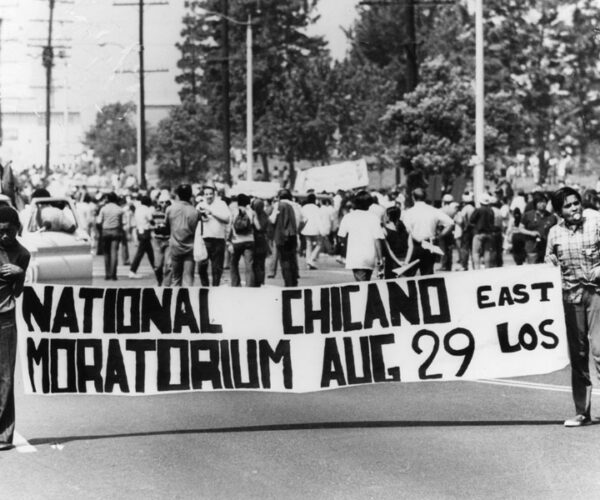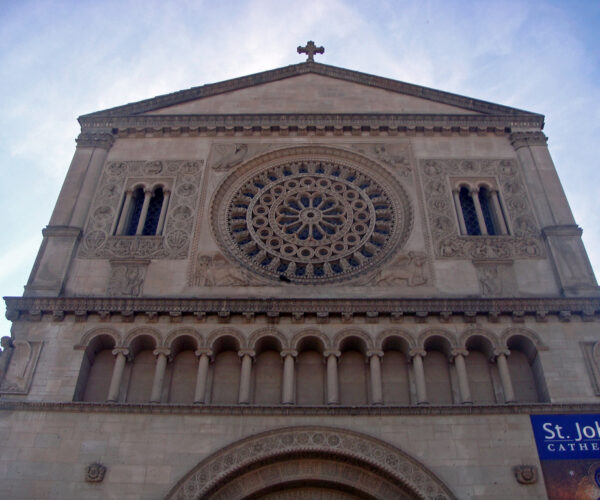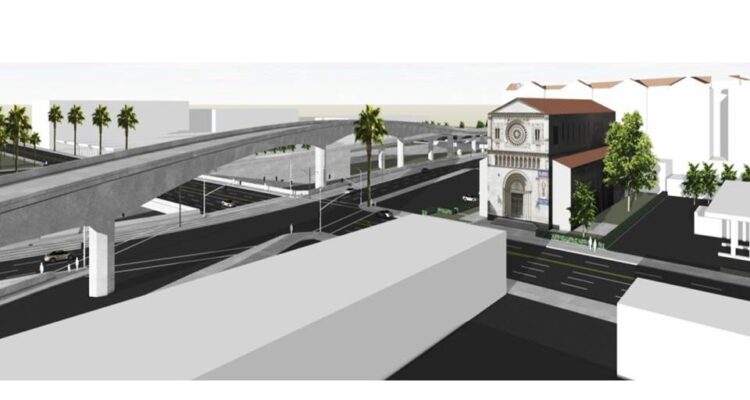
Saved
I-110 Flyover
A proposal to address traffic in University Park could have irreversible impacts on St. John's Cathedral and the surrounding neighborhood.
Saved
Places that have survived threats of demolition or excessive alteration.
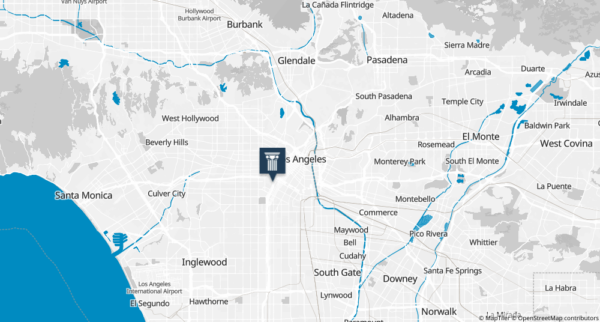
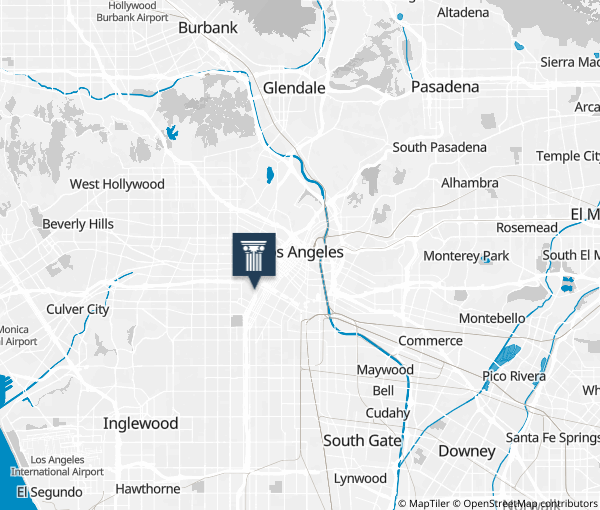
Issue Details
Year
Community
Development Approval Process
Overview
UPDATE: Metro and Caltrans are walking away from the proposed Flyover project in the West Adams neighborhood. Despite Caltrans and Metro asserting that the proposed flyover would have no adverse impacts on historic places or the community, a lawsuit filed by the West Adams Heritage Association (WAHA) and others resulted in further environmental review. An updated finding of “significant environmental and community impacts” confirmed what the Conservancy and neighborhood advocates had been saying all along. Now, Caltrans and Metro are pursuing a “no-build alternative,” which means the proposed flyover has been effectively canceled.
In an effort to improve traffic congestion on the I-110 Freeway, the California Department of Transportation (Caltrans) proposed constructing a two-lane “flyover” ramp in the heart of University Park. The ramp, reaching approximately 55 feet at its highest point, would allow drivers to exit the freeway at Figueroa Way and 23rd Street, reducing vehicle wait times at Adams Boulevard.
If constructed, the proposed I-110 Flyover would create a new physical barrier between the historic St. John’s Cathedral and the surrounding neighborhood, obstructing key viewsheds and degrading the overall character of the community. In addition to St. John’s, the ramp would be in close proximity to a range of historic resources, including St. Vincent de Paul Church, the Automobile Club of Southern California, the Thomas Stimson House, and the University Park Historic Preservation Overlay Zone (HPOZ).
In 2010, Caltrans attempted to claim the proposed flyover would have no adverse impact on St. John’s Cathedral or the community and initially proceeded with a Mitigated Negative Declaration (MND). The Conservancy and other community groups objected. Based on the May 2018 lawsuit filed by West Adams Heritage Association (WAHA), Caltrans settled, agreed to suspend activities, and prepared an Environmental Impact Report (EIR).
Despite no support from the community or a clear need, Caltrans is expected to spend $7.8 million toward the environmental review and approval process for this proposed project.
While the Flyover project has remained quiet since 2018, the Conservancy continues to monitor its progress.
About This Issue
Caltrans first proposed a two-lane flyover ramp in University Park in 1990, but abandoned the project in response to community outcry. The original proposal was lower height and smaller in overall scale than the current proposal. The project was revived in 2013, and Caltrans began studying traffic improvements with funding from the Los Angeles County Metropolitan Transportation Authority (Metro).
The Conservancy worked closely with the West Adams Heritage Association (WAHA), St. John’s Cathedral, and other community stakeholders to identify alternative solutions to the proposed project that would reduce or eliminate direct and indirect impacts on historic resources. In particular, we were concerned that Caltrans failed to provide clear and compelling evidence to substantiate the purpose and need for the proposed project, including a cost-benefit analysis of the proposed ramp compared to other alternatives
The flyover ramp would allow vehicles in toll lanes to bypass congested intersections at Flower Street and Adams Boulevard, thereby alleviating traffic at what Caltrans describes as “a particularly challenging bottleneck.” The new off-ramp at Figueroa and 23rd, two blocks north, would aim to improve traffic flow heading into Downtown and reduce vehicle queuing on existing ramps and roads.
The project required to go through various levels of environmental review in compliance with state and federal law, including Section 106 of the National Historic Preservation Act (NHPA). The Conservancy submitted comments during the Section 106 process in October 2015 and raised serious questions over Caltrans’ current findings regarding historic resources.
A Draft Initial Study with Proposed Mitigated Negative Declaration (MND) was published in January 2016.
The West Adams Heritage Association (WAHA) and St. John’s Cathedral hosted an informational forum on the proposed project in December 2014. In attendance were representatives from a number of stakeholder organizations, including the Conservancy, United Neighborhoods Neighborhood Council, California Preservation Foundation, University of Southern California, and National Trust for Historic Preservation. Subsequent meetings were held with Caltrans to discuss the compatibility of flyover with the historic neighborhood.
Metro released a Notice of Preparation (NOP) for a new project at this site in October 2021, and we expected the Draft EIR to be released in late 2022. The I-110 Adams Terminus Improvement Project involved two proposed alternatives. The first is a flyover following the same route as proposed in 2010, and the second moves along surface streets and connects with the I-10 freeway. At this time, few details about the proposed project have been released to the public.
Our Position
Along with our partners, the Conservancy was deeply concerned that the proposed I-110 Flyover Project would have profound impacts on University Park, including its rich collection of historic properties.
As a consulting party in the Section 106 process, the Conservancy submitted comments to Caltrans in October 2015. Although Caltrans acknowledges that the project would have clear direct and indirect impacts on historic resources, the current project scope was too narrow to assess the full range of impacts adequately.
We disagreed with Caltrans’ finding that the proposed project would be compatible with the existing visual character of the surrounding area, including historic properties. While we appreciated efforts to minimize the visual impact through design modifications, no amount of intervention or “dressing up” can effectively lighten a structure of this scale or render it compatible with the existing community and historical context. Instead, the flyover ramp would have created visual and physical divisions within the neighborhood.
If built, the flyover would be immediately adjacent to St. John’s Cathedral, which is listed on the National Register of Historic Places and designated Los Angeles Historic-Cultural Monument (HCM) #516. The new structure would create a significant visual barrier and generate new auditory impacts that could interfere with the cathedral’s operations.
Overall, the proposed project would have a significant adverse effect on St. John’s Cathedral’s integrity of feeling, setting, and association, as well as the community at large. While there have been neighborhood changes over time, a large flyover structure would be the most dramatic and egregious change to occur.
We urged Caltrans to analyze a range of alternatives, including: 1) moving the undertaking to another site; 2) using an alternative project design; and 3) canceling the undertaking.
Issue Resources
- CEQAnet - Project Link
- St. John's Cathedral
- West Adams Heritage Association
- "New Freeway Ramp Would Dump Cars Onto Bike-Friendly Zone, LA Curbed, February 24, 2016
- "110 Freeway Off-Ramp Project Threatens Historic Church, MyFigueroa," Streetsblog LA, February 23, 2016
- "Controversial Expresslanes Extension Takes Step Forward," Urbanize LA, May 31, 2018
- Conservancy Comments on I-110 Flyover Project, California Environmental Quality Act (CEQA), May 18, 2016
- Conservancy Comments on I-110 Flyover Project, Section 106, October 6, 2015
- Conservancy Request for Section 106 Consulting Party Status, April 6, 2015
- Conservancy Comments for the Notice of Preparation of the Adams Terminus Project, December 10, 2021
